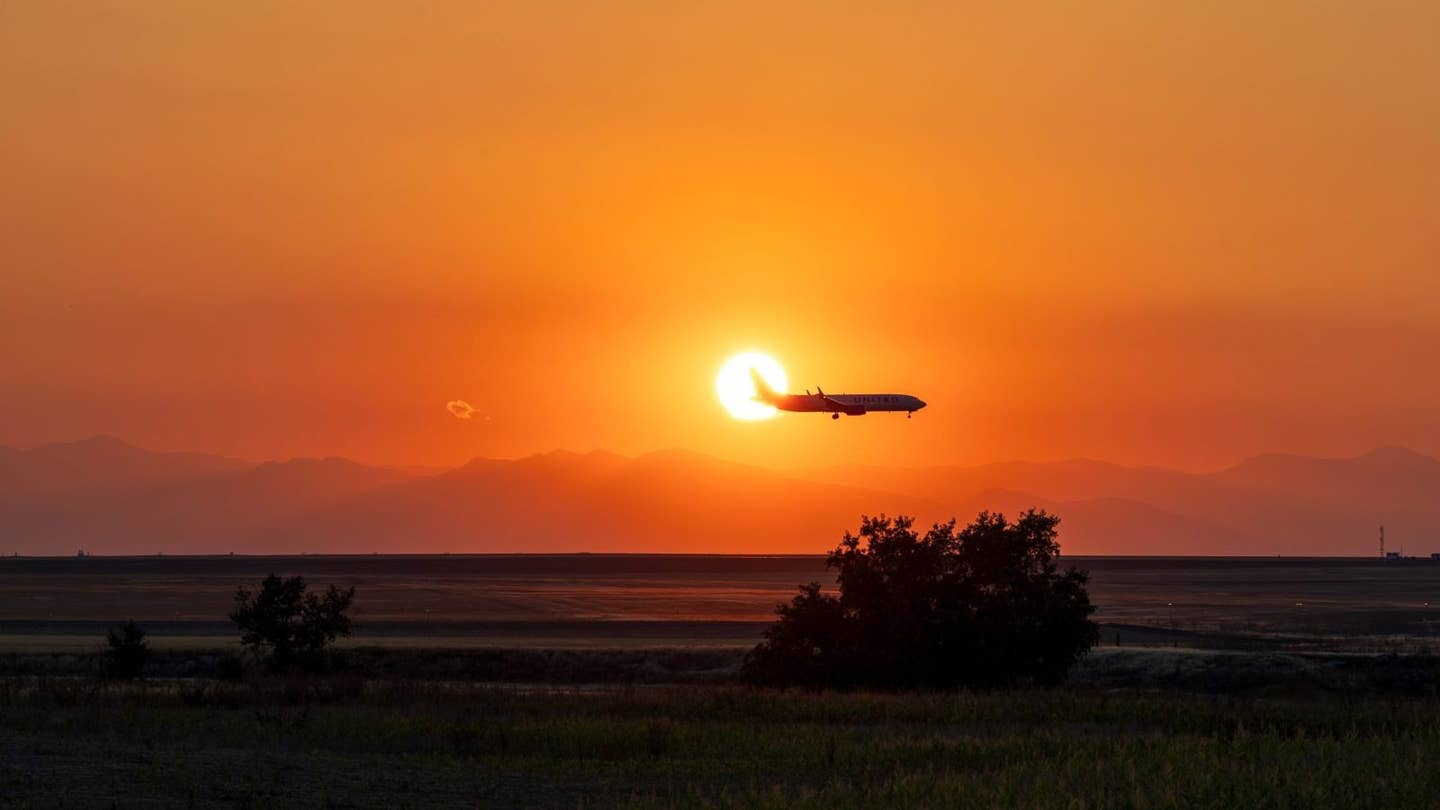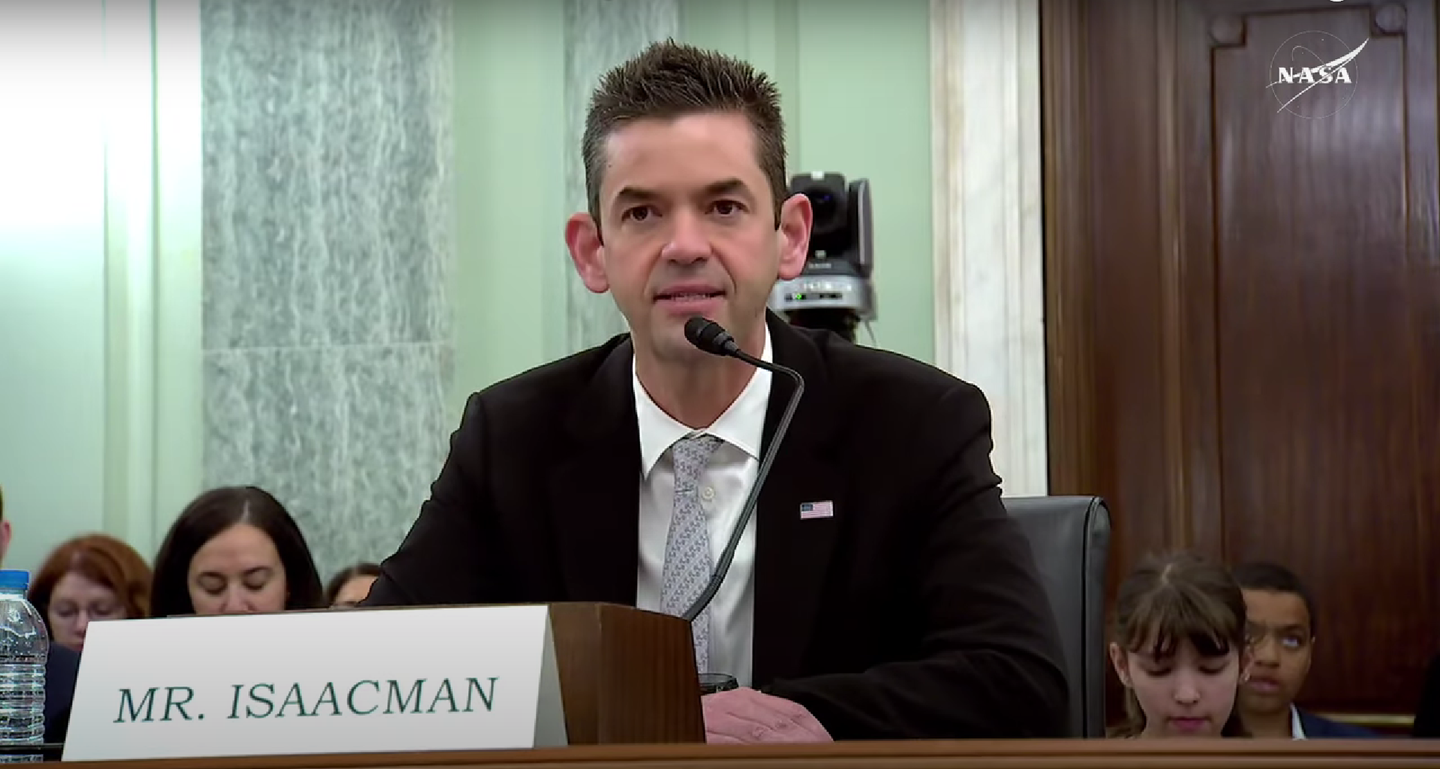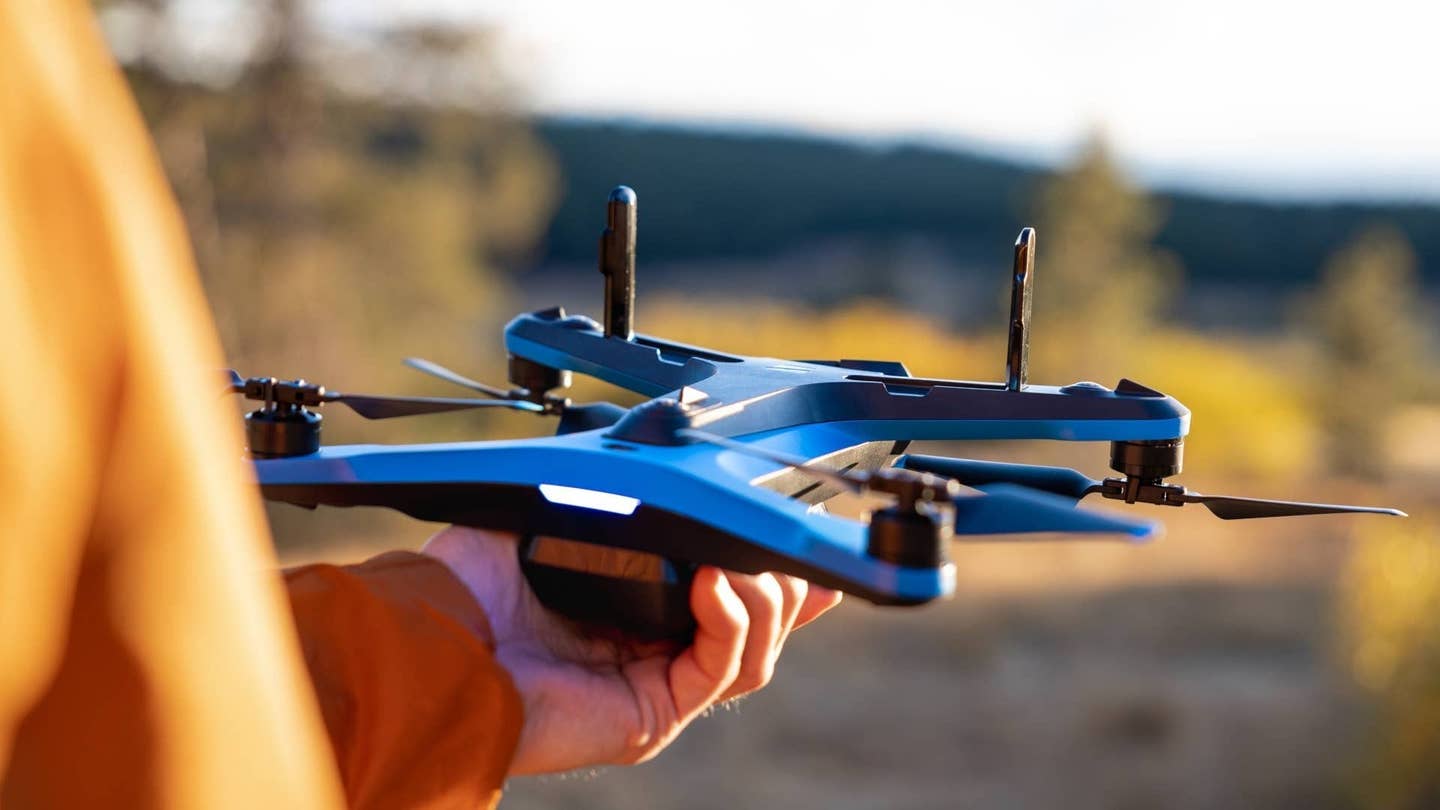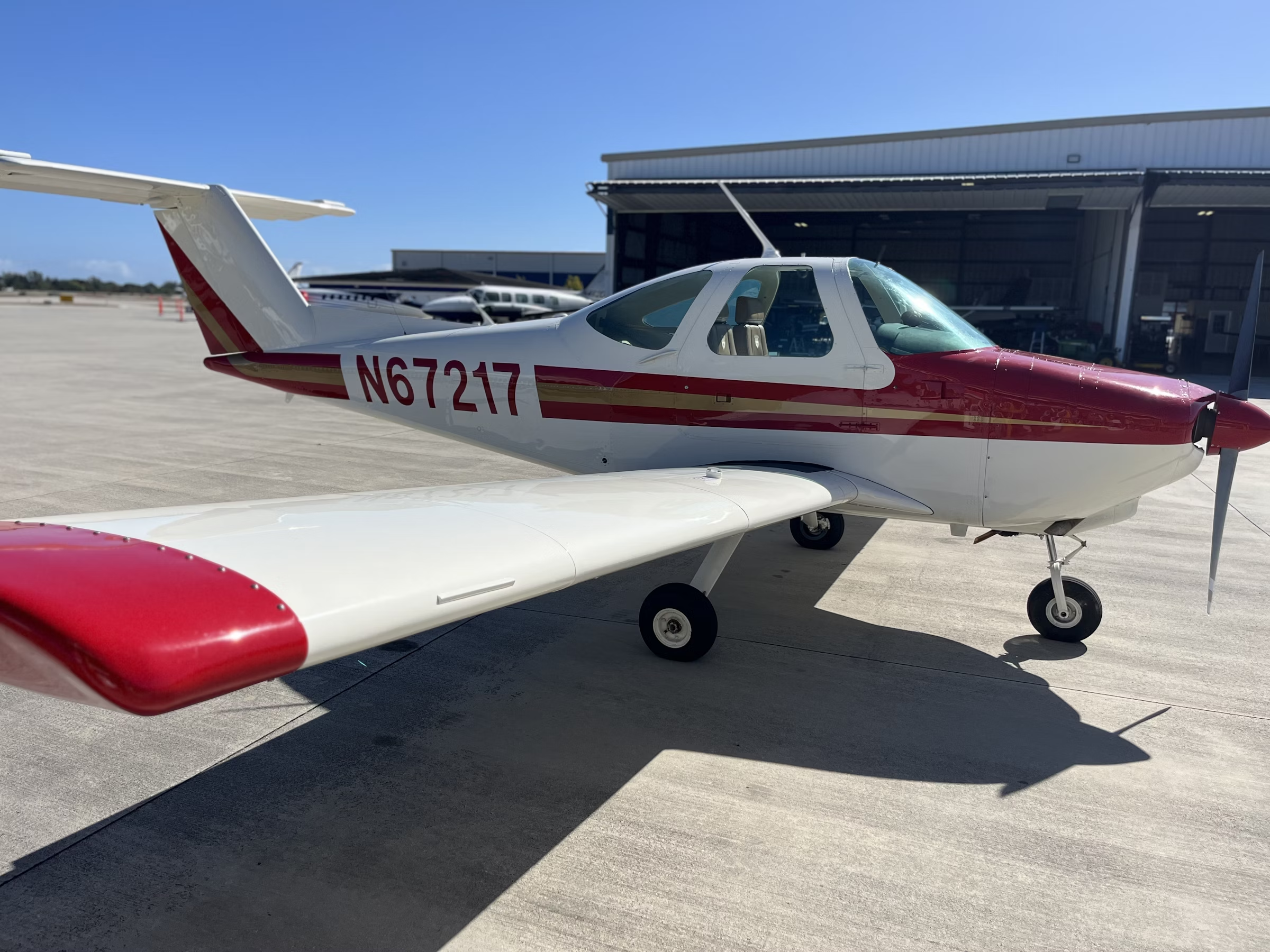Blue Origin Urges FAA to Cap SpaceX Launches at Kennedy
The latest wrinkle in the long-standing feud between billionaire CEOs Jeff Bezos and Elon Musk sees the former lodge a public complaint with the regulator.
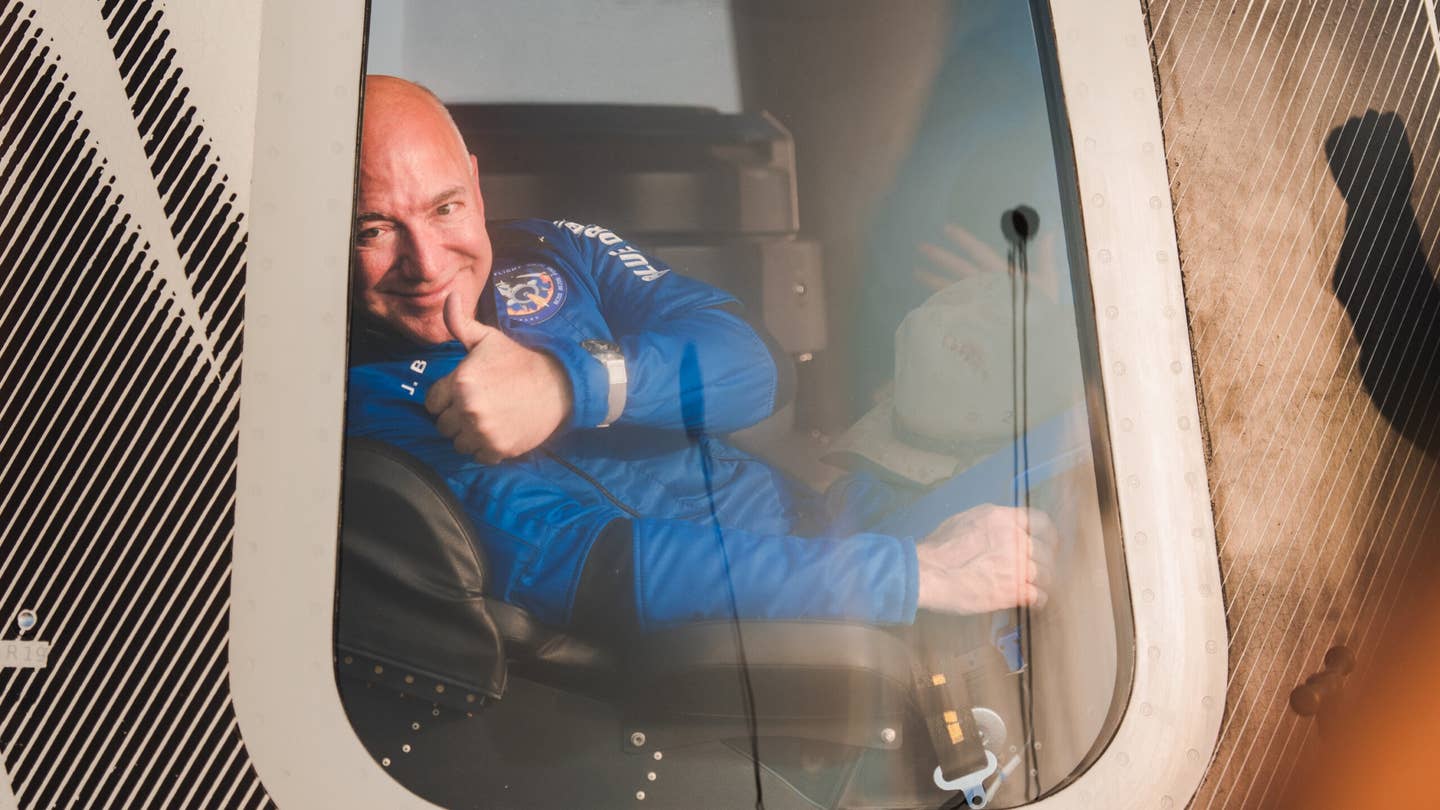
Blue Origin CEO Jeff Bezos (pictured) and SpaceX CEO Elon Musk are competing for dominance of the commercial spaceflight industry. [Courtesy: Blue Origin]
The billionaire space race between Jeff Bezos’ Blue Origin and Elon Musk’s SpaceX has taken a dramatic turn.
Last week, Blue Origin filed a public comment to the FAA requesting that the regulator limit the number of launches of SpaceX’s Starship—the largest and most powerful rocket ever built—out of Launch Complex-39A at Kennedy Space Center in Florida, which currently hosts the company’s Falcon 9 and Falcon Heavy rockets.
The FAA in May released a SpaceX proposal for high-frequency Starship operations at Kennedy, including the construction of infrastructure that would allow Musk’s firm to complete 44 launches per year.
The filing is the latest wrinkle in the multiyear feud between Musk and Bezos, who have exchanged taunts and legal actions as they battle for supremacy in the commercial spaceflight industry. Both SpaceX and Blue Origin have obtained contracts from U.S. government agencies such as NASA and the Pentagon and intend to make cosmic tourism a piece of their business.
“Sue Origin,” Musk bantered on social media platform X, which he acquired in 2022.
In a subsequent post, the SpaceX boss added, “An obviously disingenuous response. Not cool of them to try (for the third time) to impede SpaceX’s progress by lawfare.”
The public comment filed by Blue Origin has no legal bearing, but the FAA will consider it as it determines what restrictions to place on Starship at Kennedy.
SpaceX is seeking a commercial launch vehicle operator license for Starship operations at Launch Complex 39-A, which will require the preparation of an environmental impact statement (EIS). The EIS describes the potential effects of those operations on the surrounding environment and was required for SpaceX to begin the Starship orbital test flight program, for example. SpaceX will prepare the assessment itself under FAA supervision.
During Starship’s maiden voyage, which ended in a ball of flames a few minutes into the mission, the impact from the launch caused unexpected damage as far as 6 miles away from the Starbase launchpad in Boca Chica, Texas. The force of Starship broke windows, sent ashy debris into the sky, and brought an FAA investigation into SpaceX’s environmental mitigations, grounding the rocket for months. Five environmental groups sued the FAA over its handling of the mission.
Since then, SpaceX has made several improvements to Starbase to contain Starship’s debris field, and subsequent missions have resulted in little fanfare. However, it appears Blue Origin will use the incident as leverage in its plea to the FAA.
“At Starbase, Starship and Super Heavy test missions have been subject to environmental scrutiny due to their impact on the local environment and community,” the public comment reads, citing the aforementioned lawsuit against the regulator as evidence.
Blue Origin too launches operations out of Kennedy. The company leases Space Launch Complex-36 and occupies several hangars, as well as a manufacturing site, at Cape Canaveral Space Force Station (CCSFS), which it says are close to the area SpaceX wants to use.
“Blue Origin employs over 2,700 full-time employees in [Florida’s] Brevard County, including 449 employees at CCSFS that are directly impacted by local launch activities,” the filing reads. “Blue Origin has invested more than $1 billion in capital expenditures to develop [Launch Complex-36] as the first privately built heavy-lift launch complex in the world.”
The company said it worries about the safety of property and personnel during a Starship launch anomaly, such as an explosion, fire, debris, or loud noise. It also argued that Starship operations could impede Blue Origin’s access to shared infrastructure and “limited airspace and maritime resources.”
Starship and the Super Heavy booster hold about 5,200 metric tons of liquid methane for propulsion—the force of which, Blue Origin claims, would impede company and government activities at Kennedy due to the anticipated requirement of a safety margin around the site.
The firm urged the FAA to place a cap on the number of Starship launches, specify and limit launch times, and invest in infrastructure that would make Kennedy and CCSFS safer and more accessible for other launch providers.
It also suggested that SpaceX and the government be required to compensate Blue Origin or other companies whose commercial activities are impacted by Starship, as well as mandatory penalties for SpaceX should it violate the EIS or its license.
Given Bezos’ history with Musk, it’s difficult to say whether genuine concern, a desire to hamper the competition, or both prompted the comment.
Blue Origin is developing an alternative to Starship, New Glenn, but the rocket has faced delays and has yet to fly. New Glenn has collected a handful of customers, including Amazon’s Project Kuiper and NASA, which intends to launch it to Mars on its maiden voyage later this year.
NASA was at the center of the most publicized dispute between Blue Origin and SpaceX. After the space agency tapped SpaceX as the sole provider of a human landing system (HLS) for Artemis missions to the moon, Bezos in 2021 took NASA to court, arguing that it had promised two contracts.
The company would ultimately lose that battle. But the space agency in 2023 announced Blue Origin as the second Artemis HLS provider. Both companies are now working with NASA to develop a revamped plan for the Mars Sample Return Program, each receiving a $1.5 million contract.
The firms are also competing in the military sphere. In 2022, Blue Origin lost out on a pair of Pentagon contracts at the expense of SpaceX and United Launch Alliance, a joint venture between Boeing and Lockheed Martin. But earlier this month, it secured its own agreement with the U.S. Space Force for 30 military launches, worth up to $5.6 billion.
Like this story? We think you'll also like the Future of FLYING newsletter sent every Thursday afternoon. Sign up now.

Sign-up for newsletters & special offers!
Get the latest FLYING stories & special offers delivered directly to your inbox

